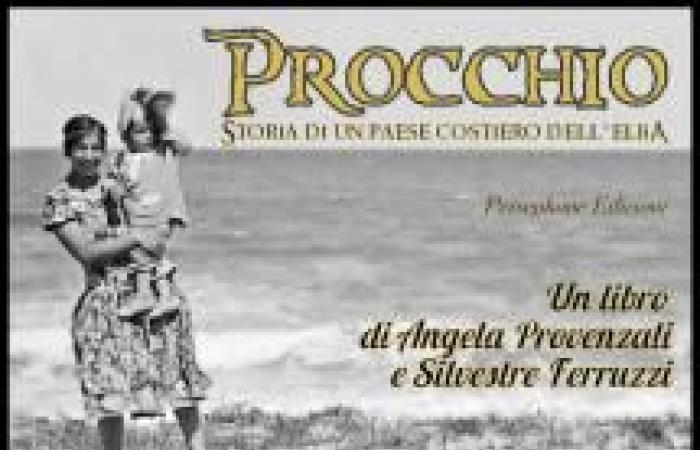It will be in bookstores soon «Procchio. History of a coastal town on Elba»written by Silvestre Ferruzzi and Angela Provenzali and published by Persephone.
The 390-page volume tells the human and environmental history of the splendid seaside resort on Elba, combining geology, archaeology, nature and human activities linked to the territory.
The text is structured in two distinct sections: the “First part” written by Silvestre Ferruzzi and the “Second part” by Angela Provenzali; in the latter, the researcher from Procchio outlines a lost microcosm through the transcription of interviews conducted, since 2003, with the elderly of Procchio. Among these unpublished testimonies, those relating to the Allied landing of 1944 and the colonial troops certainly stand out; and among these testimonies, the one describing, at the beginning of the twentieth century, monk seals resting on the sandy beach of Procchio is surprising.
Here then, in the book, is the description of the maritime quarries of cipollino marble at Agnone, the marble columns that lie on the sandy seabed of Cantone, the disappeared sand dunes of Tombolo, the Etruscan fortress of Monte Castello, the wreck of the Roman ship of Campo all’Aia, the military building of Guardiola, the “atelier en plein air” of the Dune Painters in 1950, the nineteenth-century findings of the rare mineral of stibnite, the prehistoric tools in jasper. And then the dramatic military events of 1799 to arrive at the brutal Procchio Massacre that occurred in 1943, to arrive at the extraordinary description (1963) by Herbert Kubly of the nascent tourist worldliness between Procchio and Spartaia.
The book includes some precious photographs on glass plates – taken by Aurelio Monteverde on 18 September 1925 – which portray Rita Roster Olschki and her friend Maria Cammarata engaged in the arduous transport of the boat «Undamaris» from the beach to the village, passing through an extraordinary «canyon» between the very high and uncontaminated dunes of Tombolo.
Finally, the book contains the description – made by Mario Foresi in 1901 – of the Casa Vai, once isolated on the Agnone promontory and later became a metaphor for the «tempus edax», that «solitary little house on the coast where Father Francesco Del Rosso, a lively little friar from Monte Argentario, an obscure and ignored benefactor, lived and died a few years ago. […] His was a saintly life. With alms he built some rooms near his little house, a shelter for the sick of that uninhabited countryside, whom he himself assisted. He loved fishing: during the night, when his guests were asleep, the anchorite would go down to the shore alone, throw the longlines and the trammel nets onto his little boat, untie the rope and, jumping in with the agility of a squirrel, spread out in the darkness.






